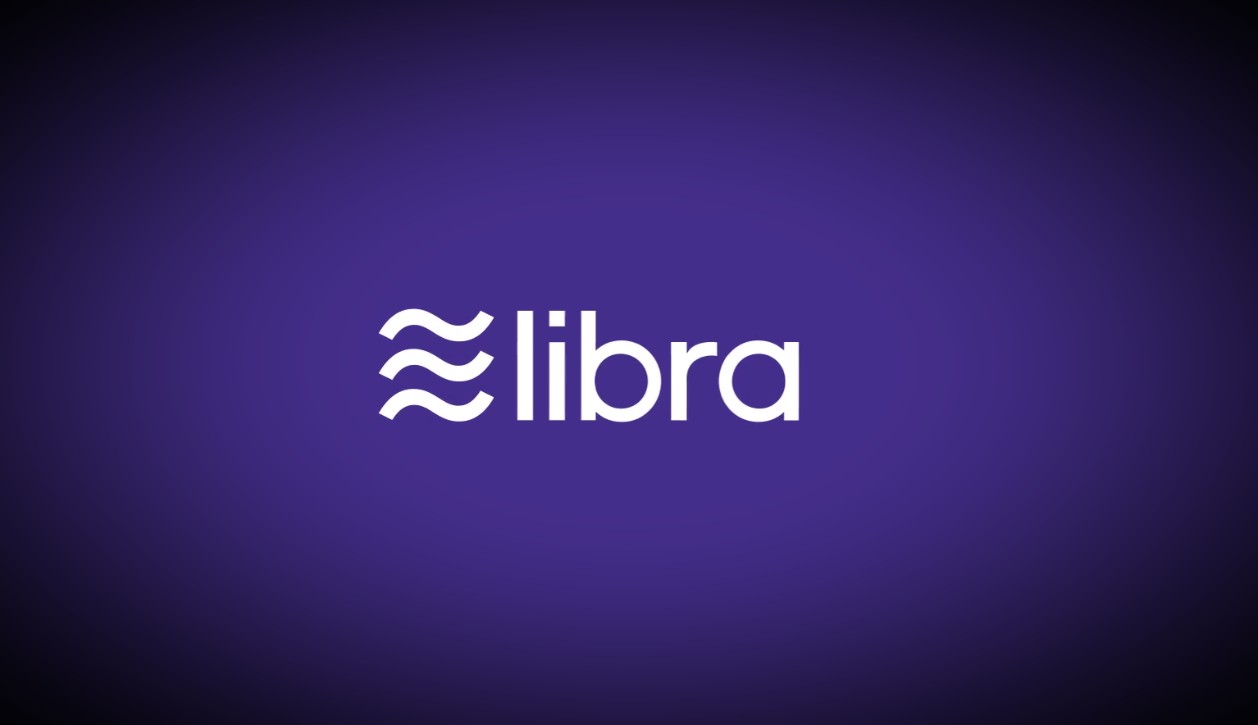From its announcement in June of 2019, the Facebook Libra Coin project has been marred by controversy. Even the big name backers behind the venture did not drive the case in its favor. Since then the Libra Association, the organization behind the cryptocurrency, has released an updated Libra coin whitepaper, detailing amendments to how it proposes to move forward. What exactly does it mean for the crypto coin?
The Libra Payment System was designed to be a blockchain-based global payment system with the The Libra Coin (ticker designation LBR) at the heart of this financial infrastructure. Its operations would be overseen by the independent organization, the Libra Association and its subsidiary, Libra Networks.
Since its original release the scope and mechanisms of the project, reflected in its whitepaper have been updated and revised. The organization made the amendments after hearing the global outcry relating to key elements of the proposed payment service and how it would impact the global economy.
Libra whitepaper amendments
Let’s have a look at some of the proposed changes in version 2.0 of the company’s white paper. The latest scope outlines the following:
- Offering single-currency stablecoins in addition to the multi-currency coin.
- Enhancing the safety of the Libra payment system with a robust compliance framework.
- Forgoing the future transition to a permissionless system while maintaining its key economic properties.
- Building strong protections into the design of the Libra Reserve
What goes for point one, the original whitepaper proposed the cryptocurrency be backed by a mixed basket of currencies, the new whitepaper instead amends to several single-currency stablecoins. The coin’s stablecoin denomination will mean it will have full asset backing. In other words for every Libra worth a US dollar, fiat cash, cash equivalents, or short term securities will be placed in the Libra Reserve.
In the interim between whitepaper versions, the Association has since initiated a licensing procedure with the Swiss financial regulator Swiss Financial Market Supervisory Authority (FINMA) and other financial bodies in the region, where the organization is headquartered. Citing the amended document, the Libra Association writes that it hopes to work with regulators, central banks, and financial institutions around the world to expand over time the number of single-currency stablecoins available on the Libra network.
The Libra Network, modelled on an open technology standard, was initially set to become a permissionless network, where validators would be able to run nodes in a decentralized fashion. Ever since the Libra Association began attending public hearings, it received concerns over this approach and its failure to meet compliance norms.
Now, while the permissioned network has foregone its previous plans, it proposes to, instead, introduce certain objectives borrowed from a permissionless system. These would allow third party validators to compete in the regulation of the Libra network and publish smart contracts, all the while meeting regulatory expectations through vetting and prior verifications.
Building on its original proof of concept of what the Libra Reserve would be, the Association collaborated with several working groups to inform its approach. So as not to be detrimental to monetary sovereignty and monetary policy of any one nation, the association has introduced foreign exchange exposure and restrictions.
The concern has also resulted in the creation of the aforementioned single-currency stablecoin, which complements, rather than substitutes national fiat currencies. Single-currency stablecoins will not be minted or mined, but instead created in accordance with market demand by a centralized body. The Association plans to further help support local monetary policies by working with banks and regulators.
Challenges and concerns
Within hours of its announcement last year, the Libra Association received criticism and adamant concerns about the repercussions of a project with this scope. These were predominantly linked to Libra’s ability to disrupt global currency markets through mass adoption and influence. Facebook’s 2.5 billion user base often crops up as the power force that will aid in destabilizing currency markets around the world.
According to Paul Vigna, WSJ’s cryptocurrency reporter, a blockchain-based payment platform set to allow users to transfer money between accounts and the back and forth currency movement it would enable could contribute to upsetting global markets.
The excessive public scrutiny and backlash towards the Libra Association is easily associated with losing some of its major backers, such as Visa and PayPal, among others.
To add insult to injury, Facebook’s previous litigations and court hearings linked to user data breaches and privacy issues undermined the project launch and raised concerns.
Announcements
Earlier this year, the Libra Association announced that the former U.S. Treasury undersecretary and HSBC chief legal officer, Stuart Levey, would become the CEO of the organization starting this summer. The move is believed to give the company more credit and credibility when it comes to launching a fully transparent organization that strives to cooperate with the world’s financial and banking institutions.
The Libra coin ICO (initial coin offering) has yet to be conducted, which means you can’t buy Libra tokens or coins for now.
Since the new whitepaper was published, the Association has announced that it has postponed the launch of the project from the revised June 2020 date. However, a recent release has earmarked a mid-November slash end of year launch term for the current year.
According to its announcement video, Libra coin is poised to use blockchain technology to create a world where money works for everyone, and sending money from one person to another works at the tap of a button.
19 May 2020

 Pavel Kaplunou
,
Pavel Kaplunou
, 



